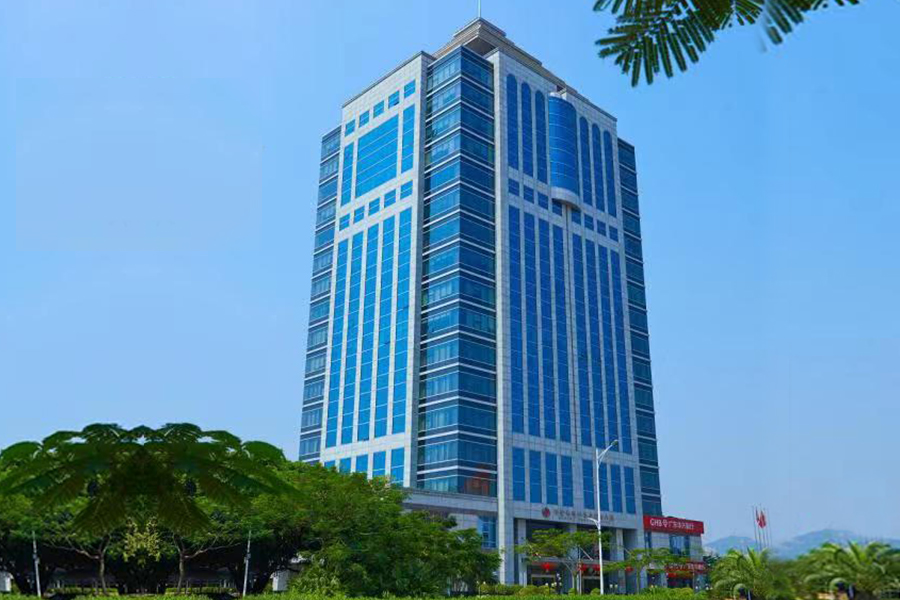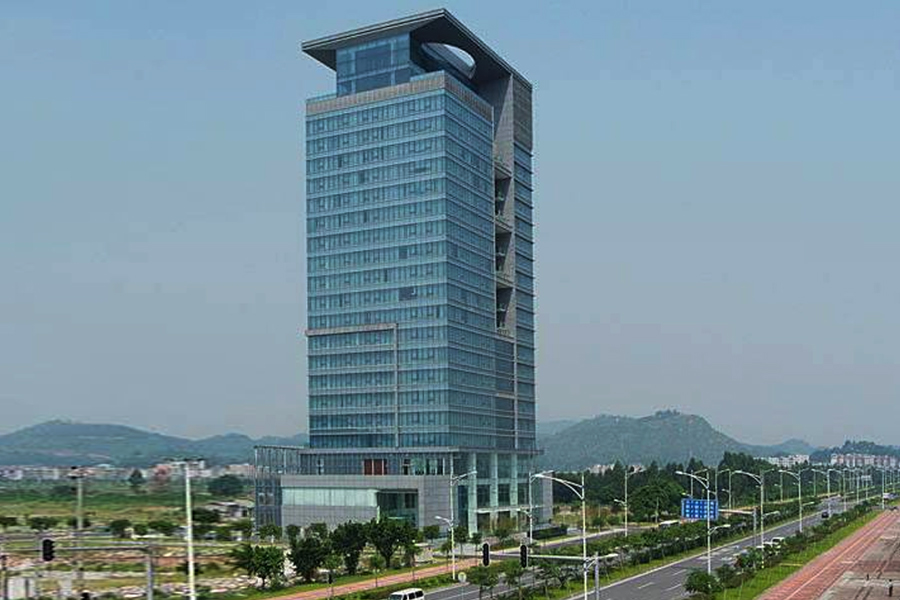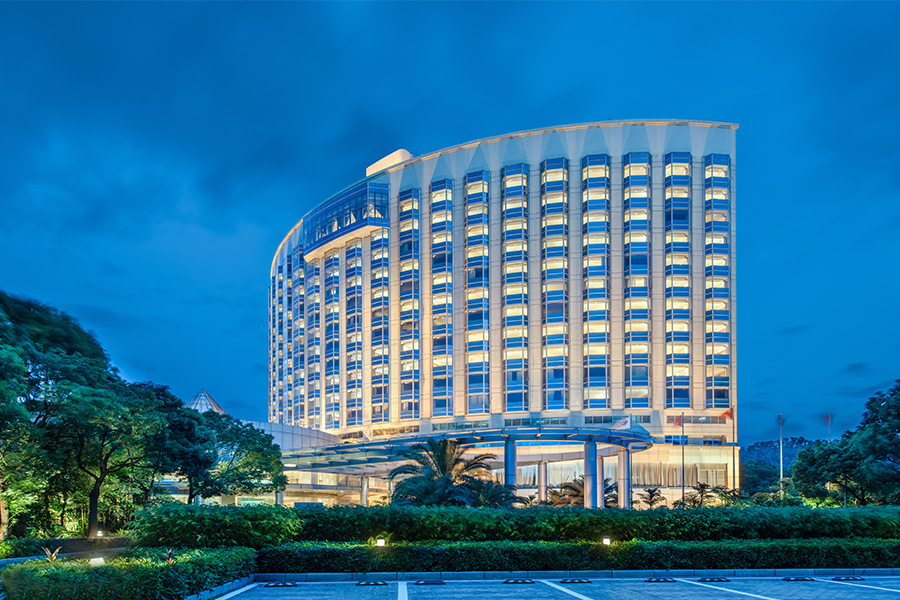Nansha Bay Vibrant Streetscape Symposium A Dialogue on Coordinated Development of the Guangdong-Hong Kong-Macau Greater Bay Area and New Lingnan Culture
+ 查看更多
The Guangzhou Nansha Development and Construction Co., Ltd. and Guangzhou Urban Planning, Survey and Design Institute jointly hosted their symposium to coincide with the opening of the Fok Ying Tung Memorial on December 2nd at the Depin Cultural Centre to discuss the proposal to pool together talents across many sectors and pursue projects of shared interests. All these are happening during the celebration of the centennial of Fok Ying Tung who had pioneered the development of Nansha and helped in the modernization of China.
Lingnan is a school of design indigenous to Guangdong Province whose influence has spread to other places by the diaspora of its people. Architects and designers wish to apply it locally and far and wide. The symposium strove to group together expertise of innovative urban planners and developers who arrived in the salon to share and exchange ideas of how they interpret the tradition and apply it to the modern high-tech world.
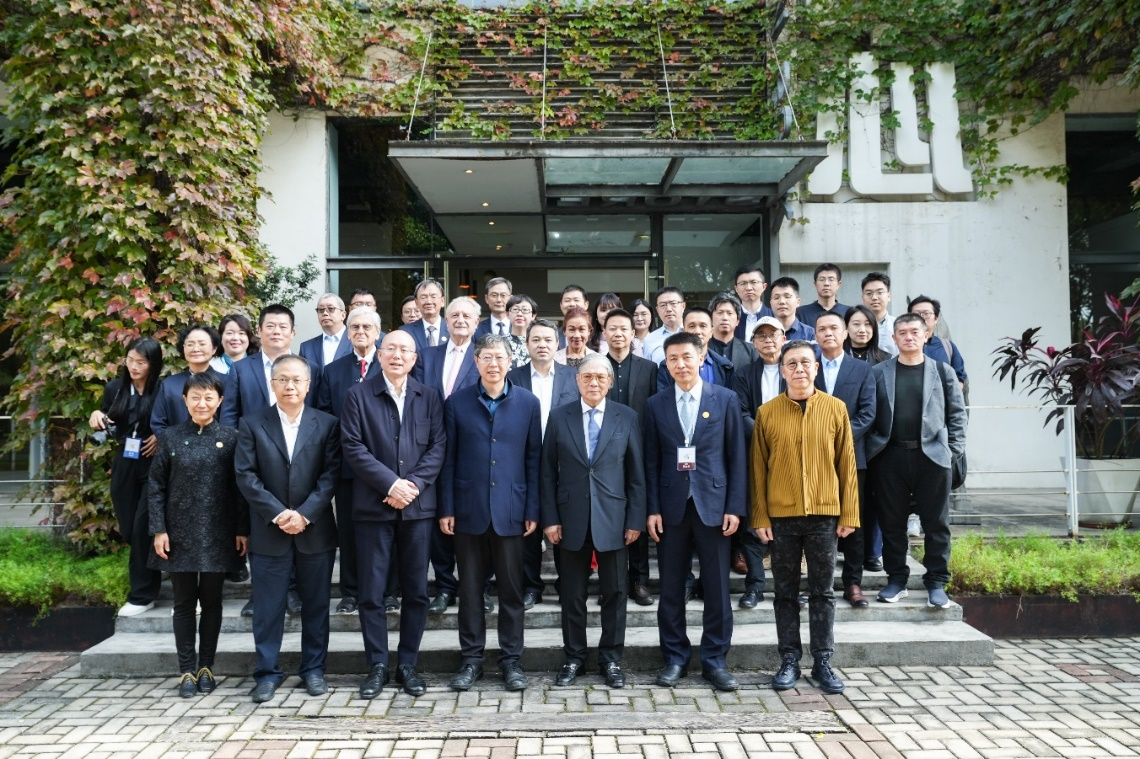
This symposium aims to build a dialogue platform that brings together governments, enterprises, scholars from the Greater Bay Area. Outstanding planners and representatives from the Guangzhou Nansha Economic and Technological Development Zone Planning and Natural Resources Bureau, Guangzhou Nansha New District Industrial Park Development and Construction Management Bureau, Guangzhou Nansha District Culture, Radio, Television, Tourism and Sports Bureau, Fok Ying Tung Group, Guangzhou Nansha Asset Management Group Co., Ltd., Guangdong Nanyue Group Co., Ltd., Guangdong Tourism Holding Group Co., Ltd., Yuexiu Group, Guangzhou Urban Planning Survey and Design Institute, Guangdong Urban and Rural Planning and Design Institute, South China University of Technology, Guangzhou Academy of Fine Arts and other institutions participated in this salon.
Quite clearly the heart of the new impetus is here in Nansha Bay where the blending of past, present and future is seen and appreciated everywhere. As an important engine of the Greater Bay Area, Nansha Bay will become an important window for the prosperity and development with its unique geographical location, natural environment where the mountain meets and sea and cultural abundance. Guests at the symposium analyzed problems existing in contemporary urban development, innovative concepts of urban design and recent trends of revitalizing old buildings and public spaces. They also shared thoughts about how to integrate Lingnan architectural culture and elements of Hong Kong, Macau and overseas into future Nansha Bay development.
Nansha Bay is to lead a new trend.
Fok Tsun Ting, Chairman of the Fok Ying Tung Group, expressed hope to go from China speed, that is the efficacy of development, to profundity with the accent upon projects that will be environmental, sophisticated, livable and technological to engender a high quality of life for the residents who not only aspire for but also attain their Eden. He proposed for the convergence of the public and private sectors to develop this region where all the best of the East and the West, the old and the new, can cross pollinate, seeing Lingnan could benefit from this incubator of ideas in its place of origin and benefit the whole Greater Bay Area that encompasses Hong Kong, Macau, Guangzhou, Shenzhen and the cities in between. He encouraged architects, engineers and designers plus investors and developers, especially the young with new ideas, can meet and share ideas and lead a new urban planning movement.
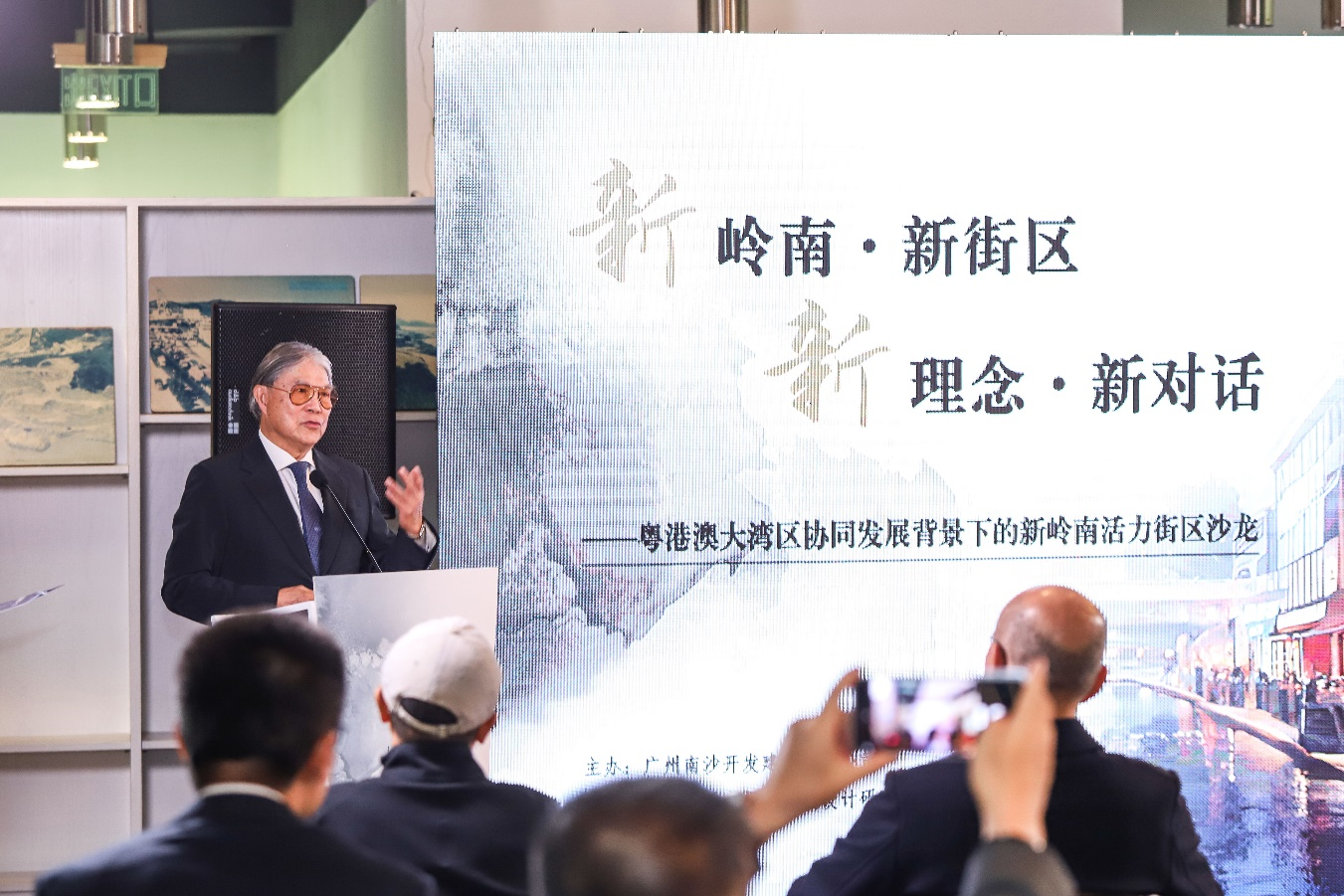
Speakers at the symposium moderated by Professor Wang Shifu of the architecture department of the South China University of Technology, lauded the idea and also suggested means to make Lingnan bear fruit for future projects that will incorporate in full the green ambition of the builders and desire of the inhabitants.
Cao Yi, deputy director of the Nansha Branch of the Guangzhou Institute, introduced the development history and characteristics of Nansha and Nansha Bay, as well as the planning concepts in terms of its target positioning and spatial structure under the "Nansha Plan". He looked forward to the recent planning improvement and mountain-sea corridors around the central coastal area, promoting culture, sports, hotels, medical and other facilities to enhance tourism.

Ye Qing, director of the Guangzhou Urban Planning, Survey and Design Institute, shared thoughts of regeneration and redevelopment of the Puzhou Plaza, integrating traditional Lingnan architecture and water village cultural elements.
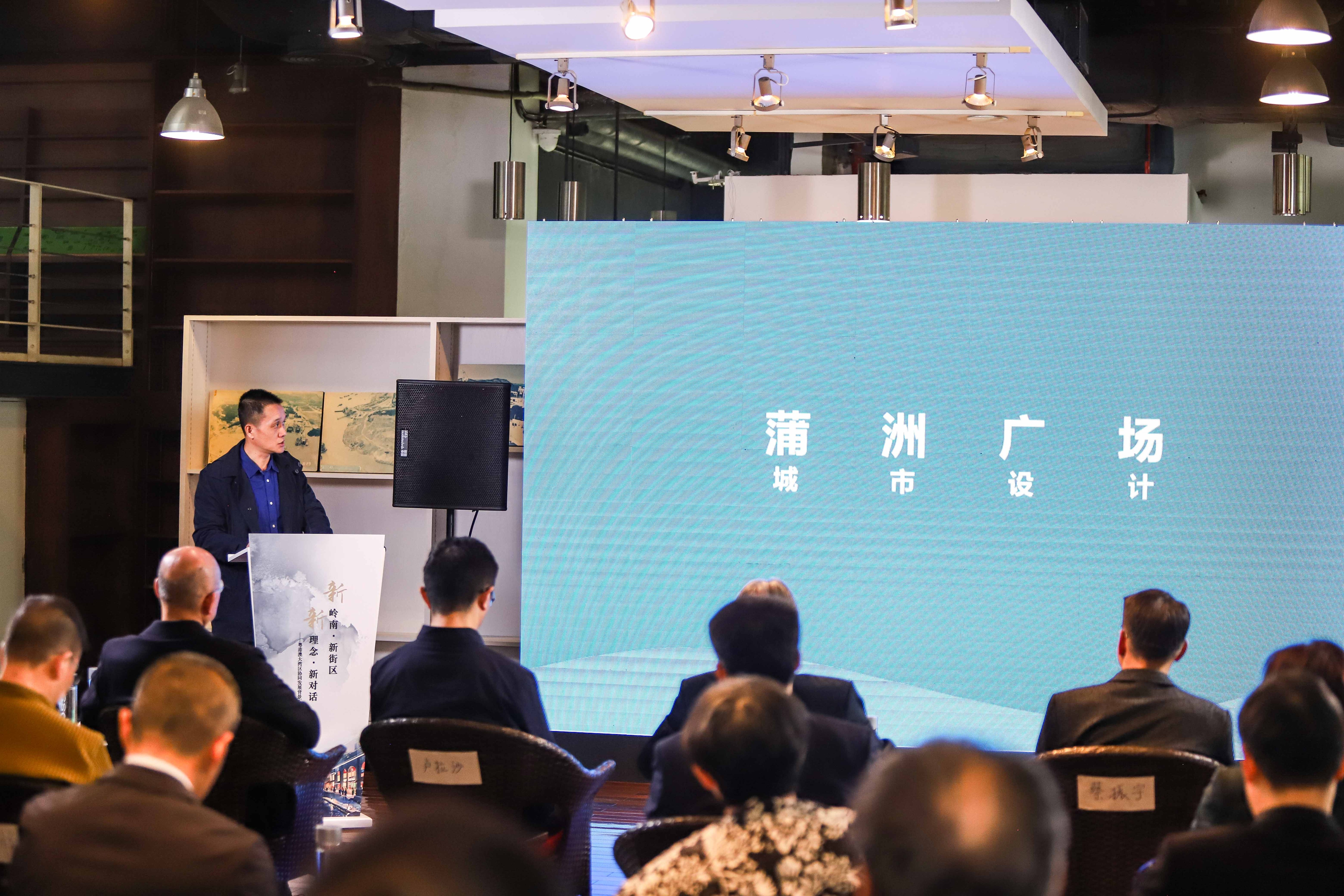
Wang Shifu, deputy dean of the School of Architecture of South China University of Technology, interpreted the connotations of four characteristics of a city: historical heritage, local culture, natural landscape, and modernism. He emphasized that design methods are spatial tools to realize urban ideals. Tolerance, innovation and vitality are key paths to reach urban ideals.

Dr. Peter Cookson Smith, founder of the Hong Kong Urbis Company, praised the vision of a livable city that offers the best in recreation, health care, efficiency and productivity that enhance the advantages of urbanization based upon giving the best to the citizenry.
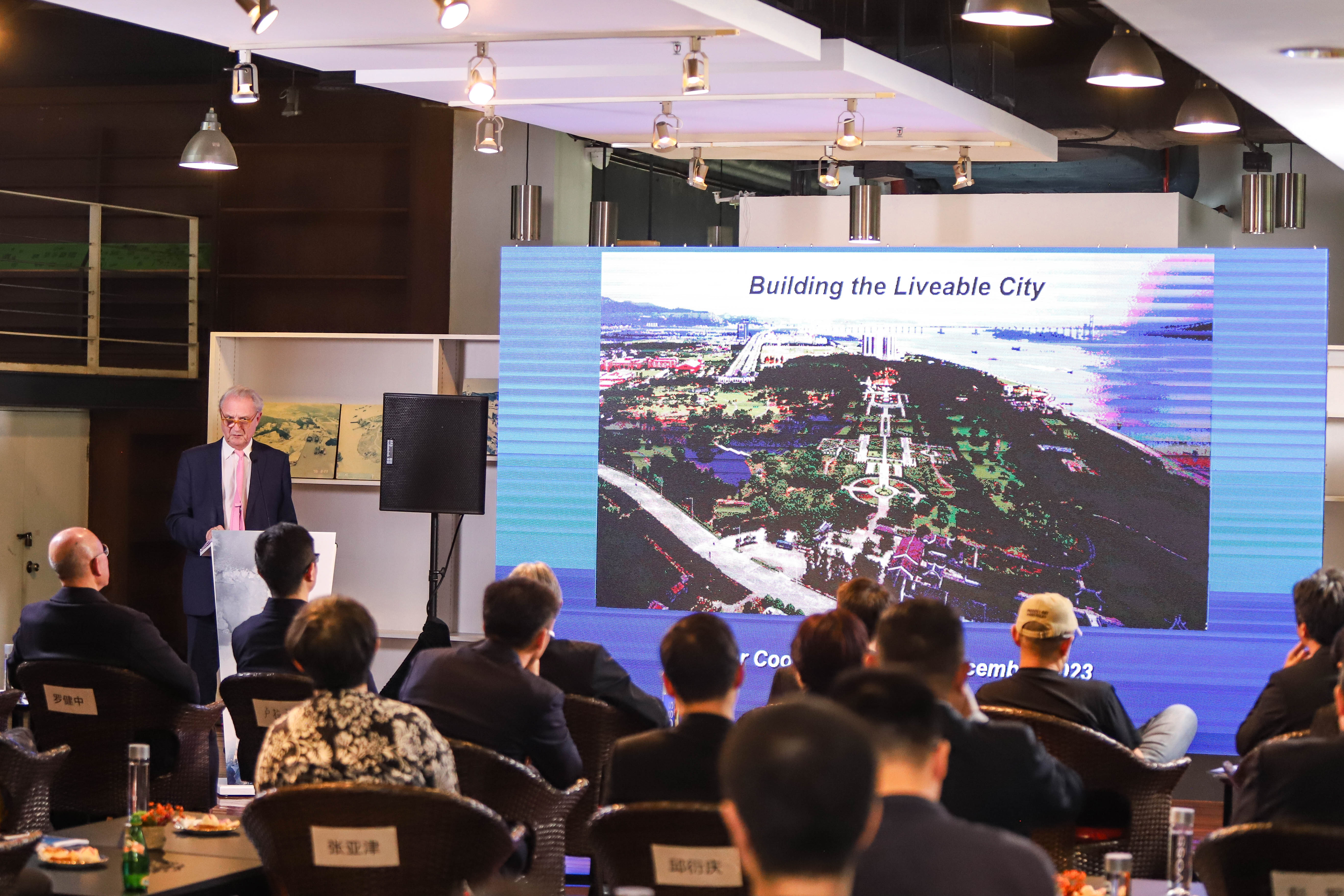
Christopher Law, founder of the Oval Partnership of Hong Kong, who had overseen numerous projects such as PMQ in Hong Kong, Blue House in Wan Chai and Taikoo Li in Chengdu complimented the endeavour which Nansha exemplifies. He elaborated on adaptative reuse of existing buildings and street blocks, and advocated that everyone reimagine and extend the lifestyle of old buildings, their diversity and sense of community.
Feng Yuan, professor at Sun Yat-sen University, talked about the cyclical theory of "opening-closing" under the title "Gates and Corridors". He looked forward to the future shaping of Nansha with a forward-looking perspective.
Li Sheng from the French AAUPC office analyzed the non-motorized/slow traffic network of Greater Paris, the innovative 15-minute city concept and the Barcelona Super Block. He analyzed their rationale and implementation results as references for future gracious living, innovative pedestrian streets and urban management models in Nansha Bay.
Zhang Yajin, a partner of Germany's ISA International Design Group, shared their exploration of the integration of international style and local culture based on practical experience in Enping, South Korea and Lijiang, China.
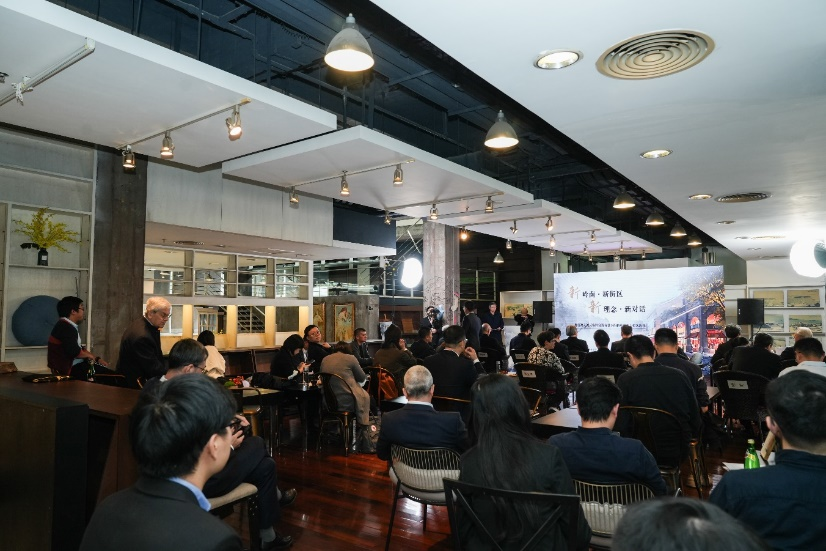
All guest speakers discussed the Lingnan design elements being tailored to the Nansha Bay version of the modern city for work and quality living. The attendees focused also upon governments and private enterprises collaboration in Nansha Bay and throughout the Greater Bay region that is sustainable and appealing with amenities and architecture which incorporate the Lingnan style.
The symposium hopes to use Nansha Bay as a catalyst to explore how to rejuvenate Lingnan architectural culture and provide users of street blocks with a new walking experience and elements of ideal tourism destination. The goal above all is to inspire a new generation to advance upon the same direction towards communities that cherish the most high tech yet retain the indigenous, unique culture.
Guangzhou Nansha Development and Construction Co. Ltd.
Guangzhou Nansha Development and Construction Co., Ltd. was established in January 1993. It is a joint venture by the Fok Ying Tung Group and Guangzhou Nansha Asset Management Group Co., Ltd. The company is positioned as an advocate of a new Greater Bay Area lifestyle. It is based in Nansha, oriented to the world. It is committed to planning, development and construction of a new coastal city in eastern Nansha, called the Nansha Bay. Its business covers real estate, tourism, roads and bridges, passenger transportation, freight ports and terminals, public service facilities and property management. So far, two 10,000-ton cargo terminals, seven 50,000-ton berth terminals, Puzhou Plaza, Tianhou Temple, Puzhou Garden, Yingdong Middle School, Nansha Hong Kong Chinese General Chamber of Commerce Building, World Trade Center Building, Nansha Hotel, Nansha Yacht Club, Olympic Square, Nansha Passenger Port, Information Technology Park, Logistics Center, Puzhoushan Park, Water Village, International Convention and Exhibition Center, International Conference Center, Gangqian Avenue, Shangmao Avenue, Yingdong Avenue, Puzhou Avenue, Shangmao South 2nd Road, There are more than 20 construction projects such as Tin Hou North Road, as well as high-end residential projects such as Nansha Bay Stone Village, East Garden, Lingnan Galaxy. The company is committed to building Nansha Bay into a modern and international coastal new city that is livable, suitable for business, leisure and tourism by introducing advanced international planning concepts and combining it with local culture characteristics.
Guangzhou Urban Planning, Survey and Design Institute (GZPI)
Guangzhou Urban Planning, Survey and Design Institute (GZPI) was established in 1953. It is a nationally leading high-tech unit in planning, survey and design with complete expertise and comprehensive strength. It is committed to providing urban and rural planning and construction and natural resource management technical services to the government, society and the public. GZPI has six major expertise units: urban planning, surveying and mapping geographical information, architectural design, municipal administration and landscape, geotechnical engineering, and engineering management and consulting. It has 36 Class A qualifications of various types. It always takes "serving the government and serving the society" as its purpose, meeting quality standards, laws and regulations, owner expectations and public interests. It also emphasizes meeting requirements of urban space and regional culture for specific projects. GZPI currently has 13 R&D innovation platforms, 22 branches, multiple academician-level consultants, and maintains close cooperation with first-class peer institutions at home and abroad. GZPI currently has more than 3,000 employees, of whom more than half have a master's degree or above and one-fifth have senior professional titles. GZPI is committed to supporting government decision-making with high-quality services, building ecological, livable, and business-friendly urban spaces, and creating a better and happier life for the people.




